Chalking It Up to Celebrate the Red, White and Bloom!

by
Mary @ Home is Where the Boat Is
(IC: blogger)
1 Hour
Easy
I’m celebrating the Red, White and Bloom in the Potting Shed and chalked up my door in celebration!
I’m waving the flag, step-by-step on my ladder, joining red watering cans, a vintage scale and blue transferware.
Ball jars are filled with a red, white and blooming combination of Endless Summer Hydrangeas, Queen Anne’s Lace, the red foliage of Lorapetalum, and a few coleus stems snipped from my containers, for a patriotic bouquet.
And I'm weighing in on love of the Red, White and Blue!
White for purity and innocence, Red for valor and hardiness, and Blue for vigilance, perseverance, and justice.
I found seed catalog graphics available from the Smithsonian Institution Libraries Digital Collection to grow my vintage seed box. The graphics and content have no copyright restrictions and are available for download for personal, educational and other non-commercial purposes.
Search the Smithsonian Institution Libraries catalog collection online. 500 images are available, you can search by cover art image~ flowers, fruit, vegetables, or catalog name.
The cover of the 1889 catalog of the Iowa Seed Company catalog, “Seedsmen to the American People,” features the Washington Monument and White House as a backdrop and “Old Glory Geraniums” on the front for a patriotic salute.
Have you tried the ‘alum-dipping' method with cut hydrangeas? I was thrilled to discover it works to keep cut hydrangeas from wilting.
Cut your blooms the first thing in the morning when the flowers are fully hydrated, immediately placing them in a bucket of water. When arranging them, cut each stem at an angle for maximum water intake and dip ½ inch of each stem in alum powder, found on the spice aisle at the grocery store. Place your dipped hydrangea stems in your vase of room temperature water (the temperature it runs from the tap).
For best results, remove the leaves from the hydrangeas since they cause evaporation loss and take water from the head of the flower. Change your water every day or every other day to keep the bacteria down. You can add some floral preservative to the water or make your own preservative to help your flowers last longer.
More photos, details and link to Smithsonian Institution Libraries catalog at the link below!
Enjoyed the project?

Want more details about this and other DIY projects? Check out my blog post!
Published June 20th, 2017 12:43 PM
Comments
Join the conversation
1 comment
-
 Bryan's Workshop
on Jun 23, 2017
Bryan's Workshop
on Jun 23, 2017
These pictures are so much fun to look at! Lovely post!
-



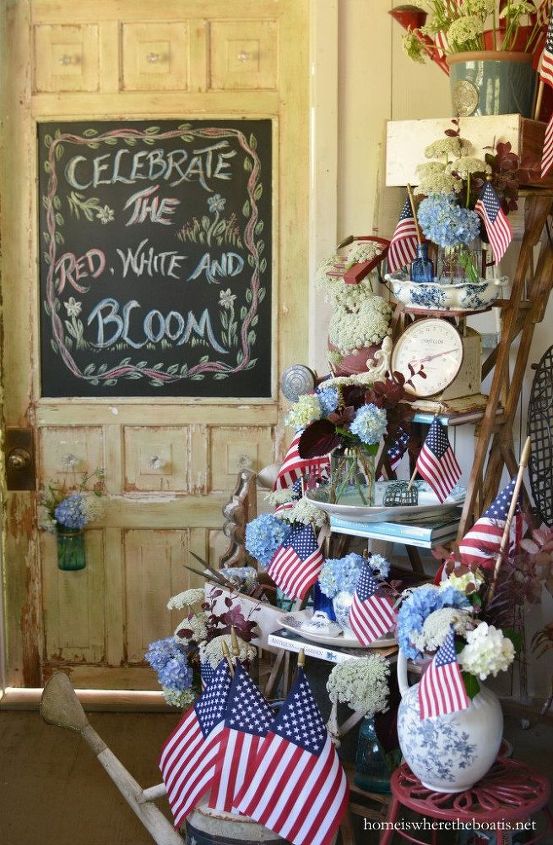


















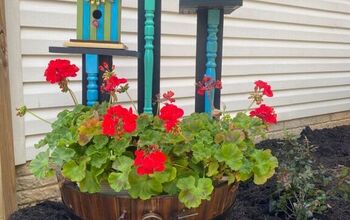
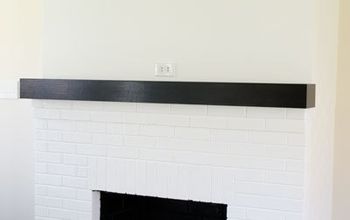


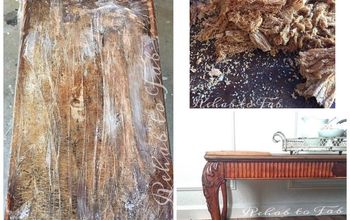





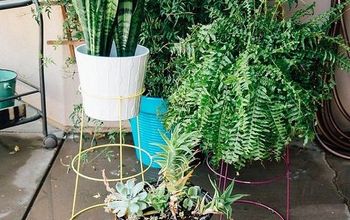


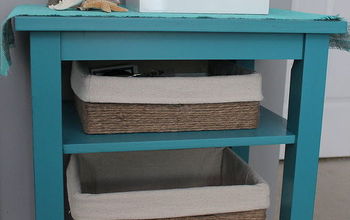
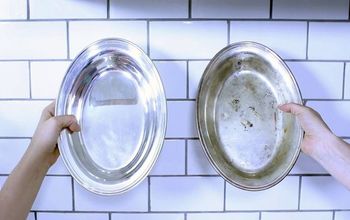
Frequently asked questions
Have a question about this project?